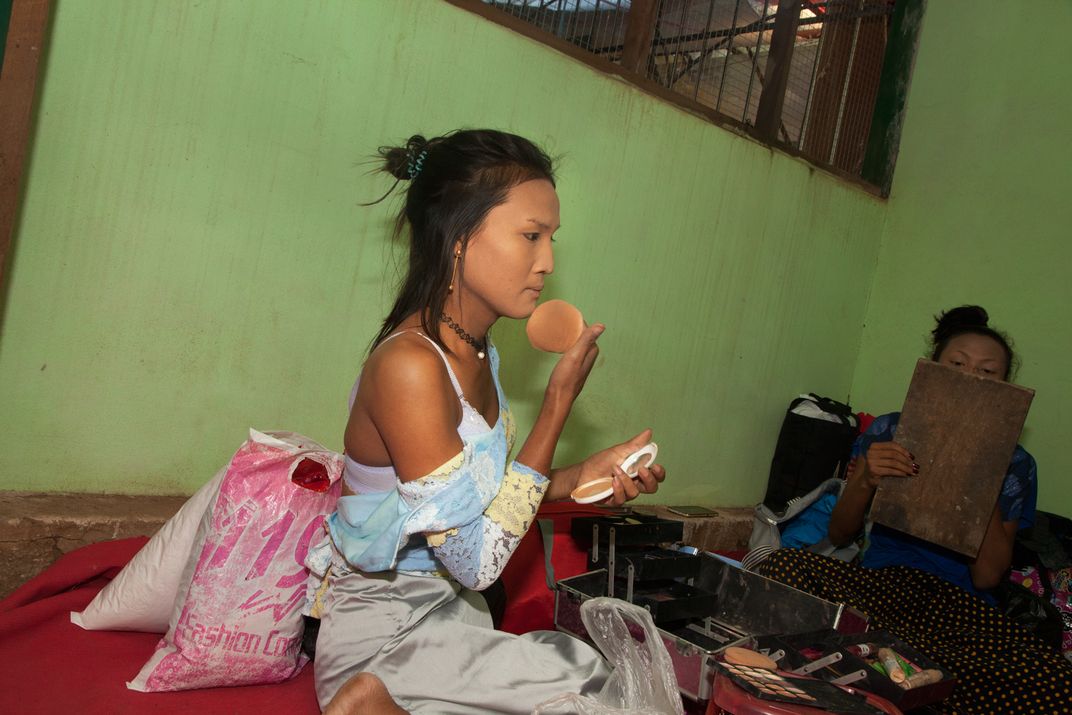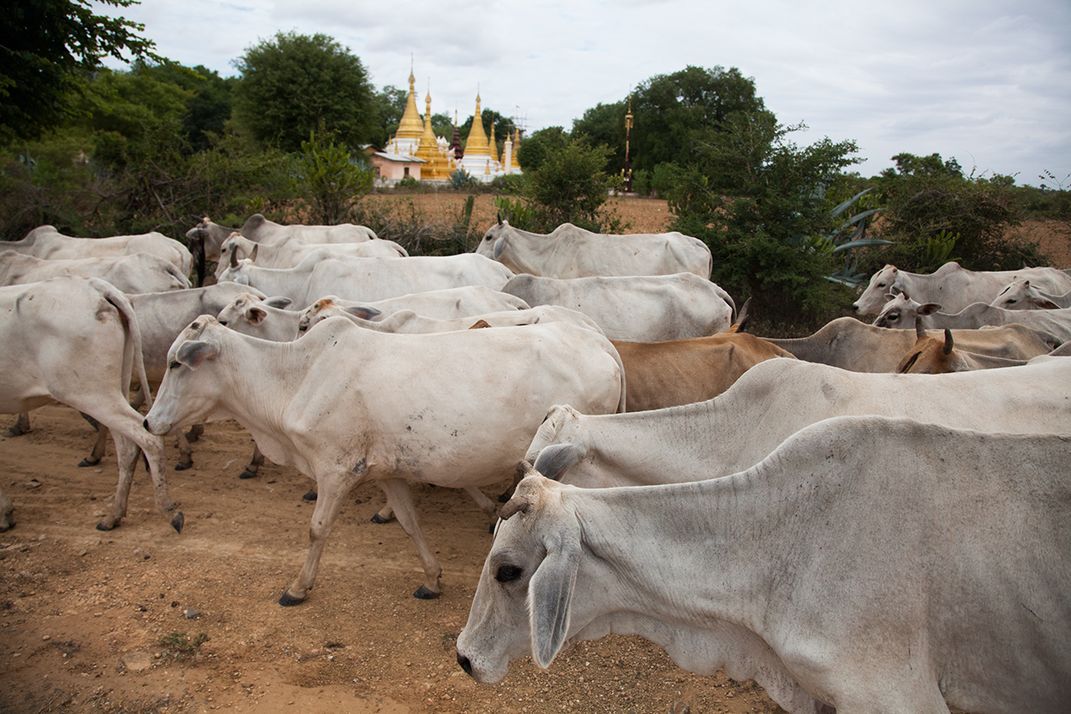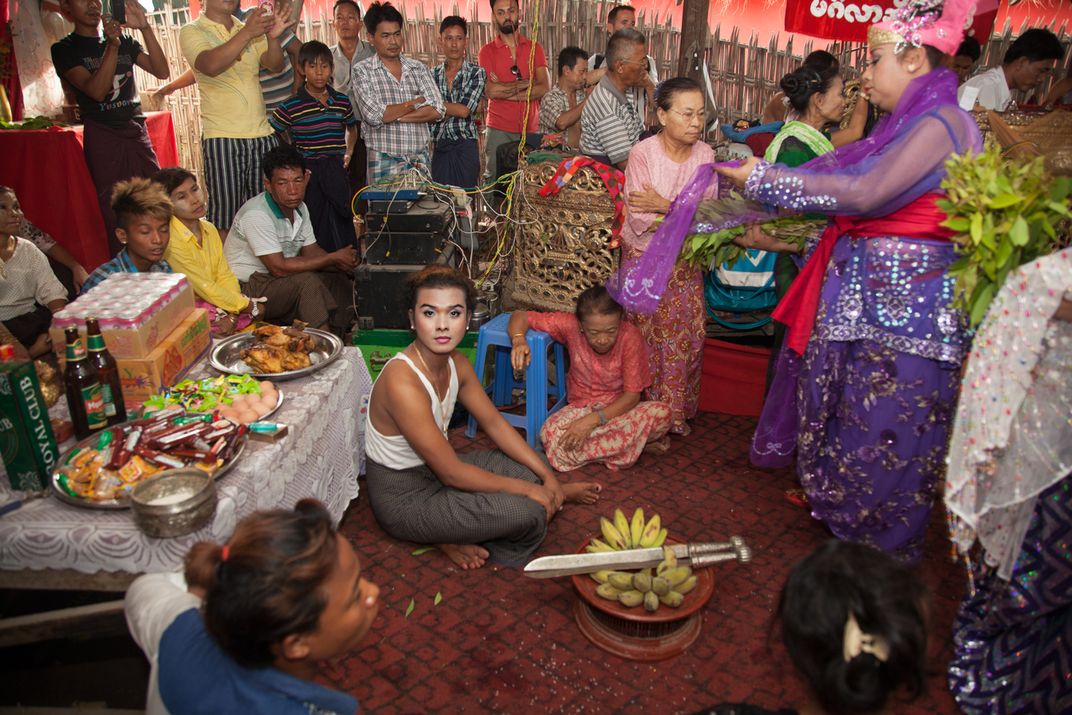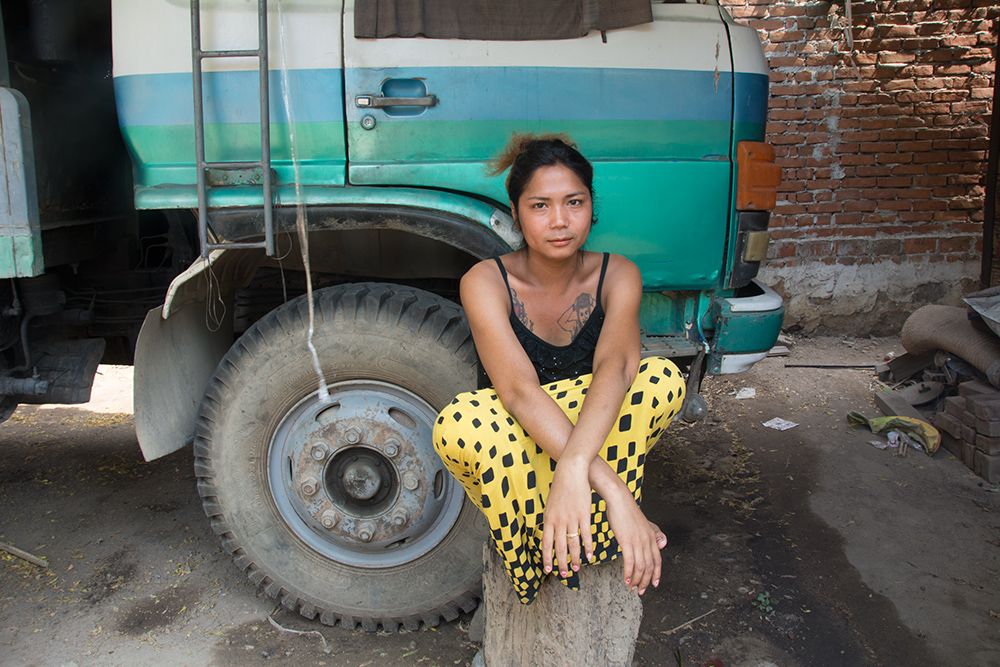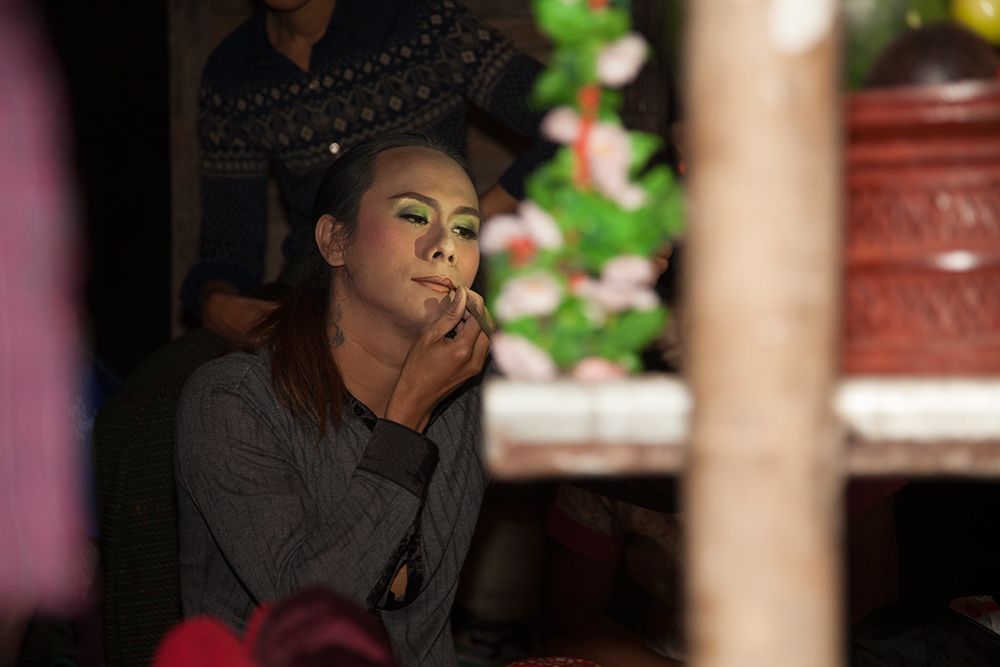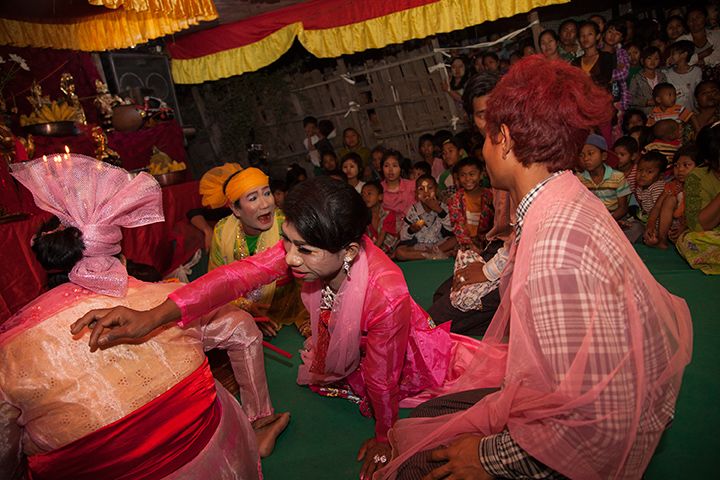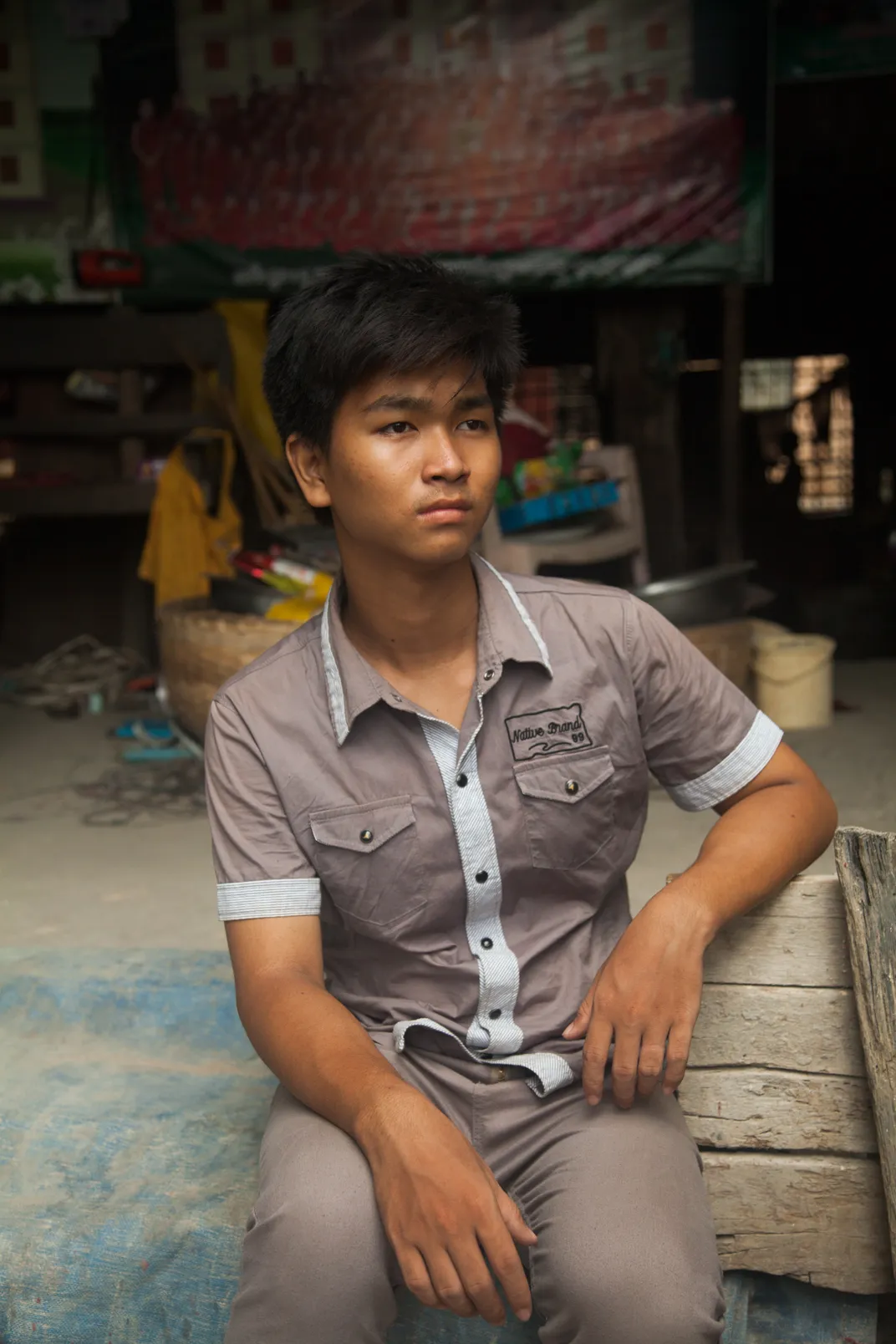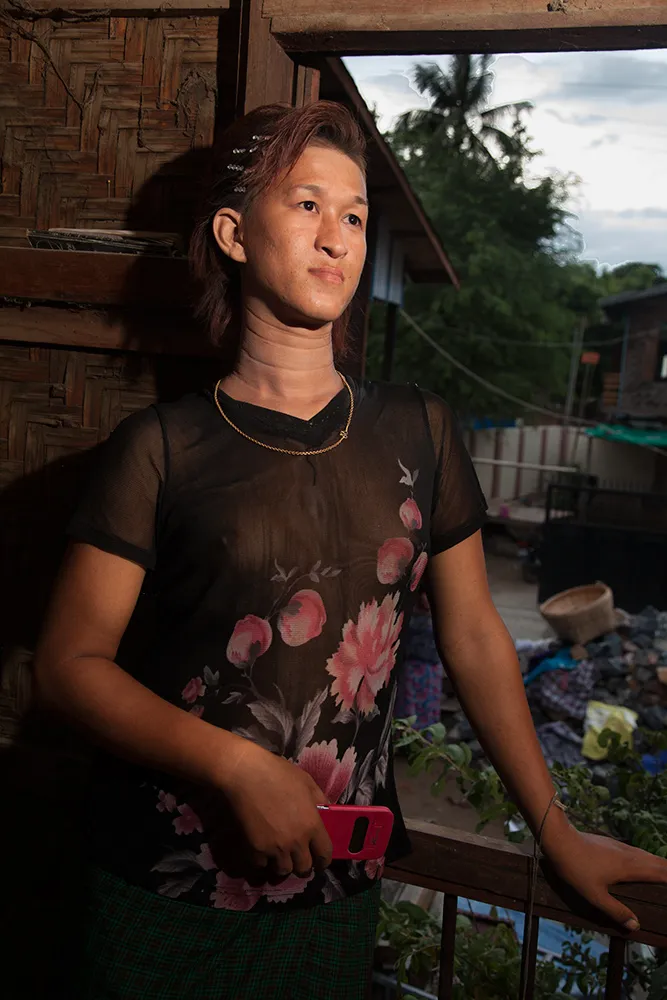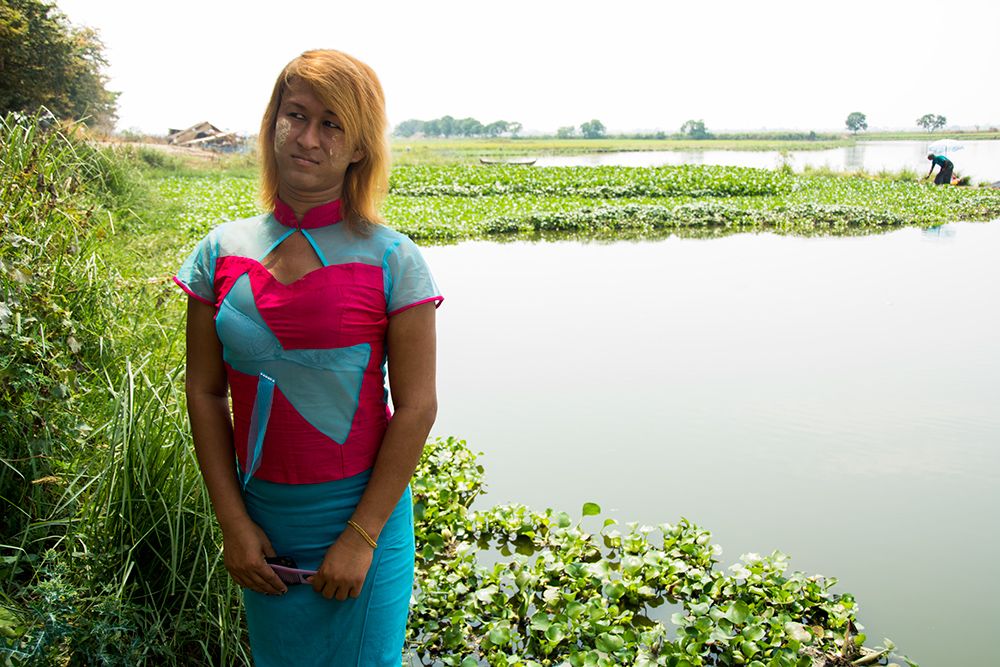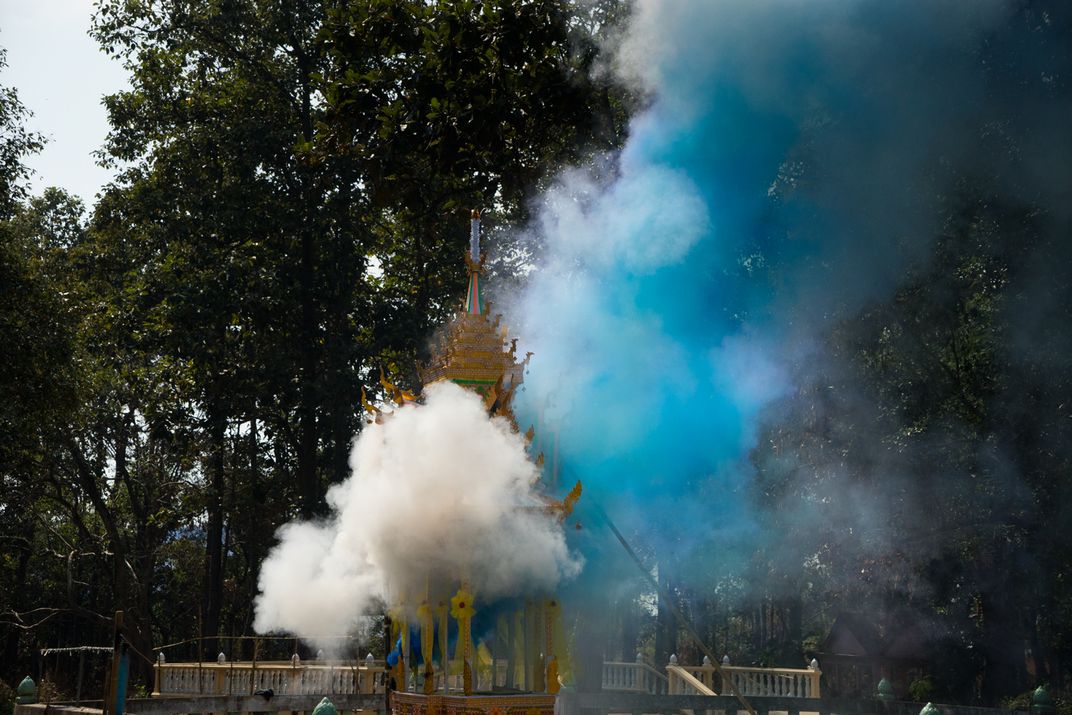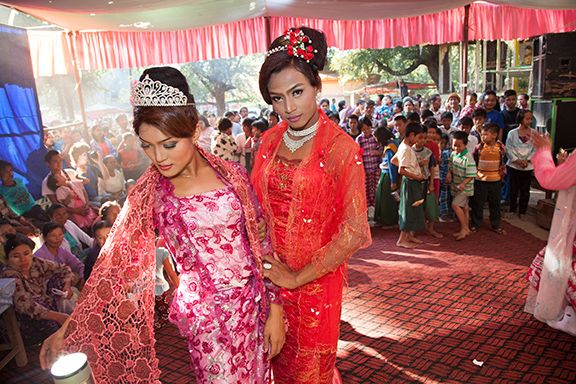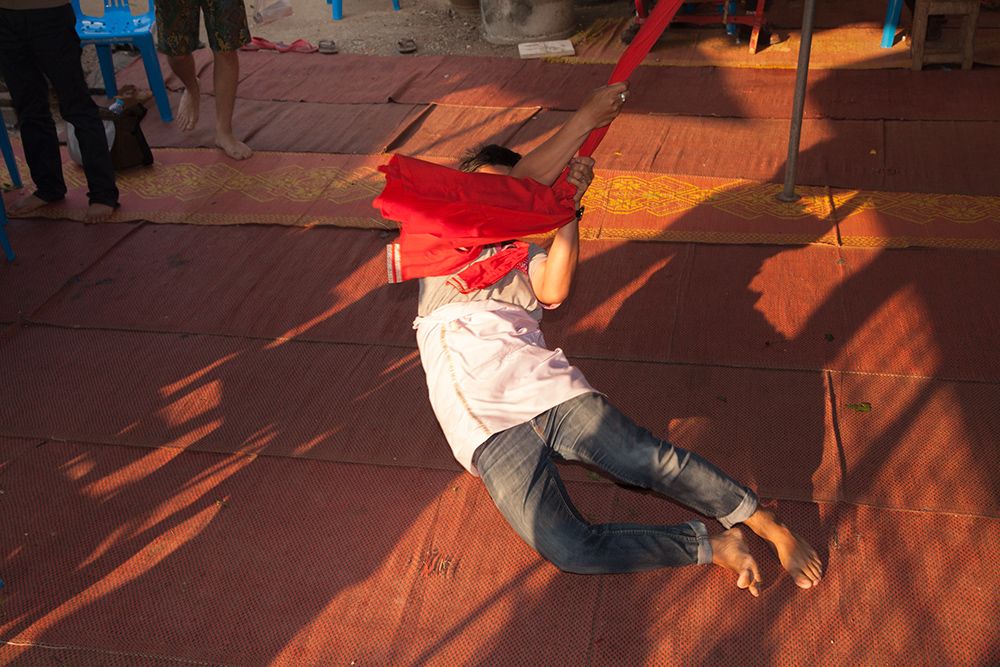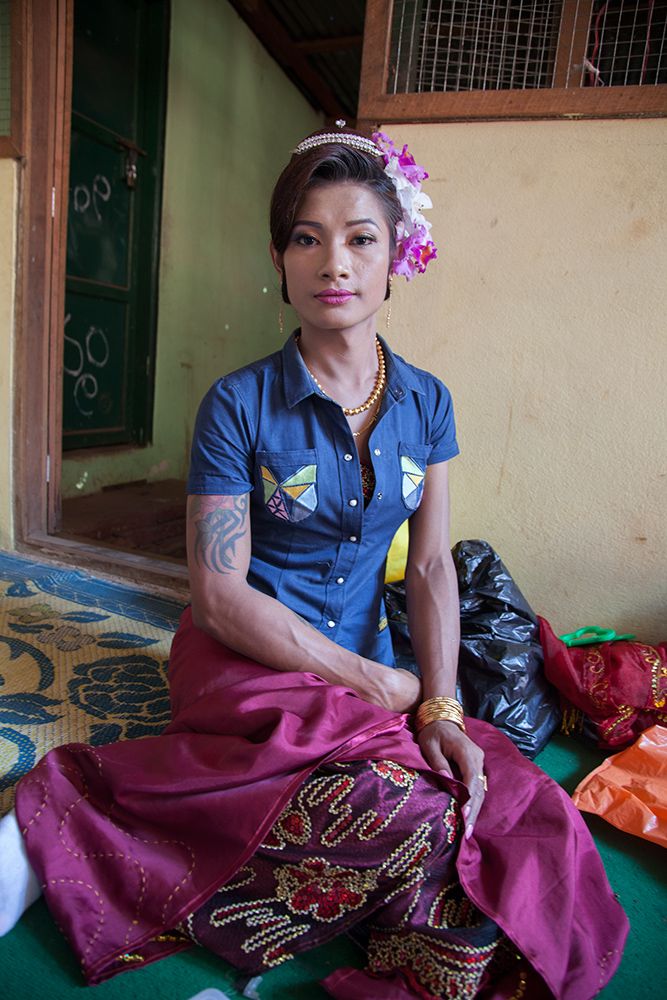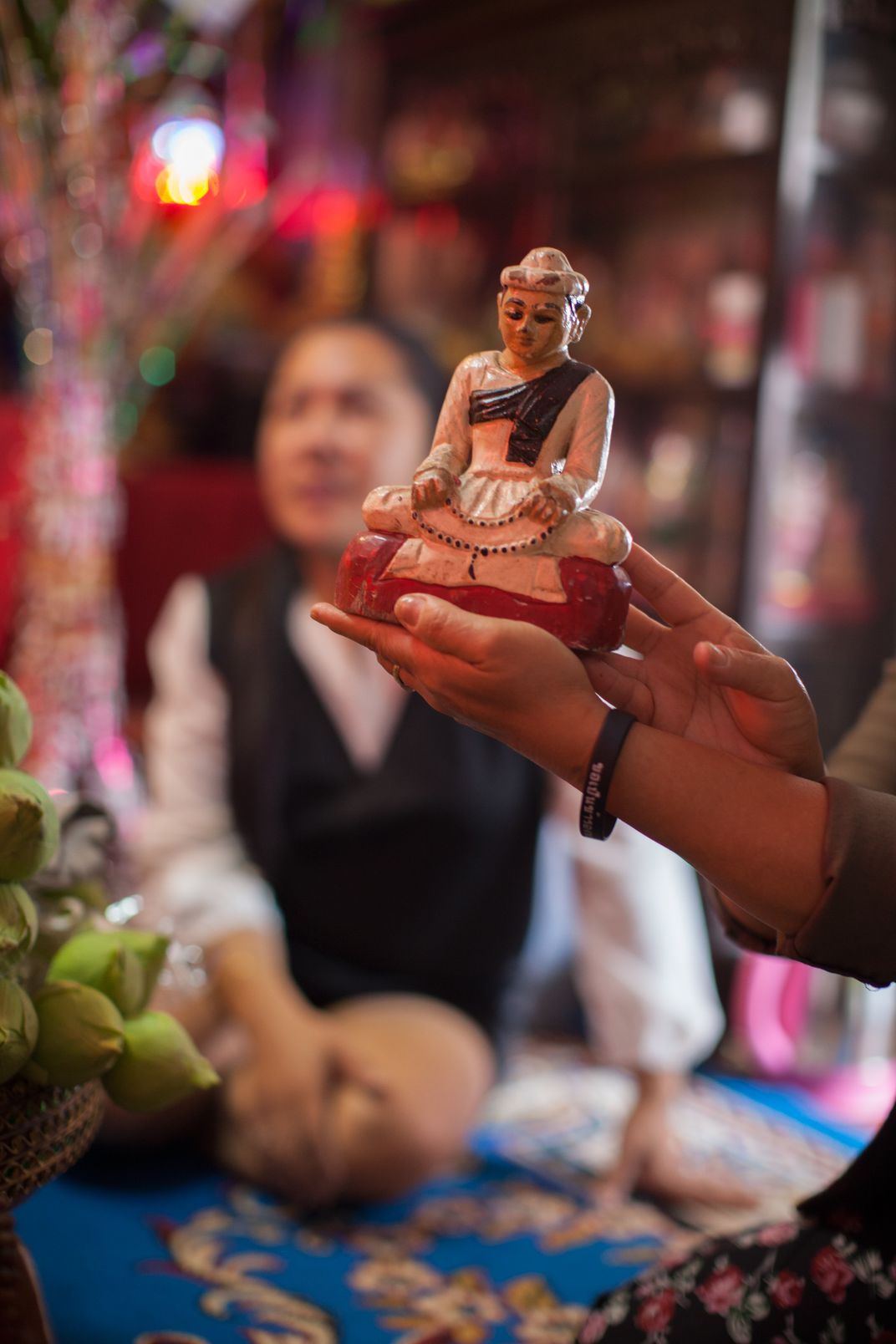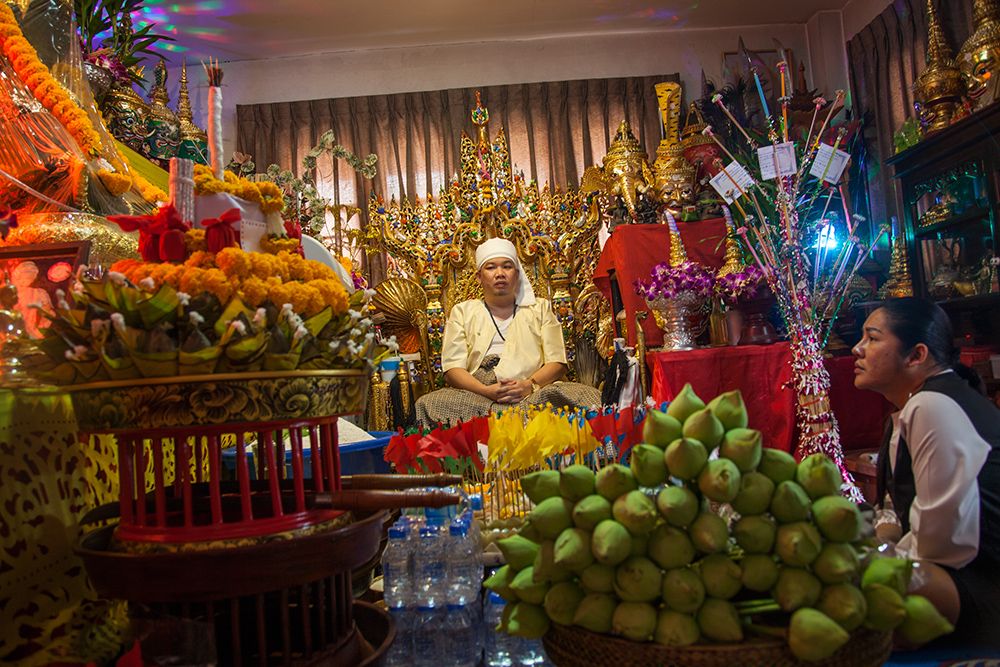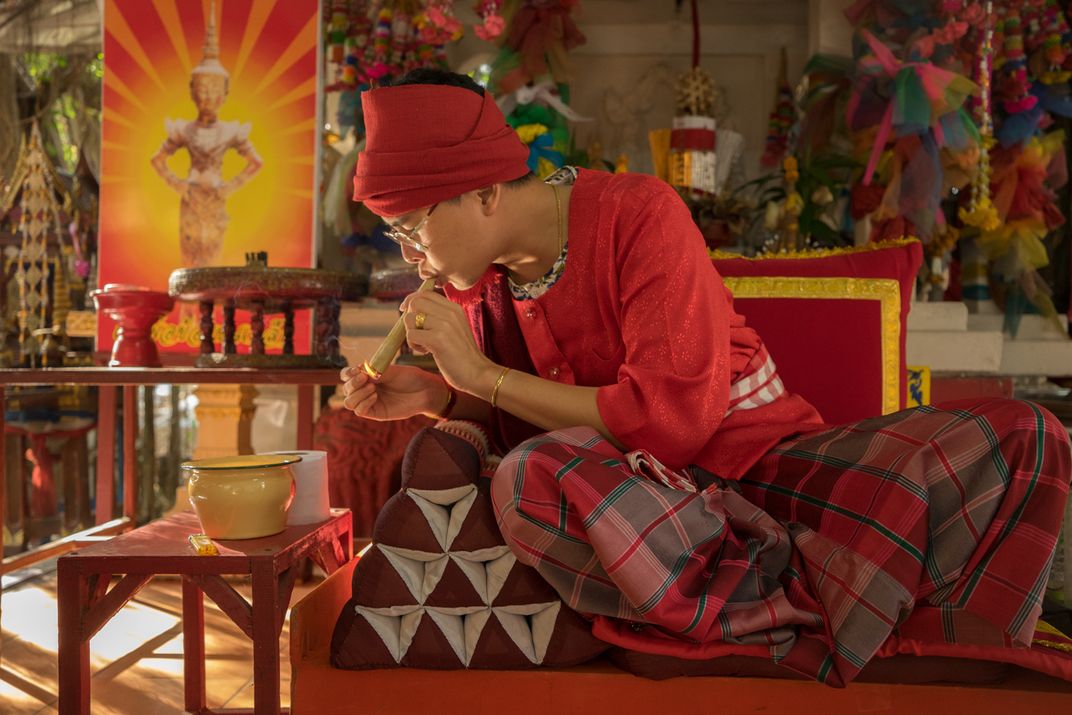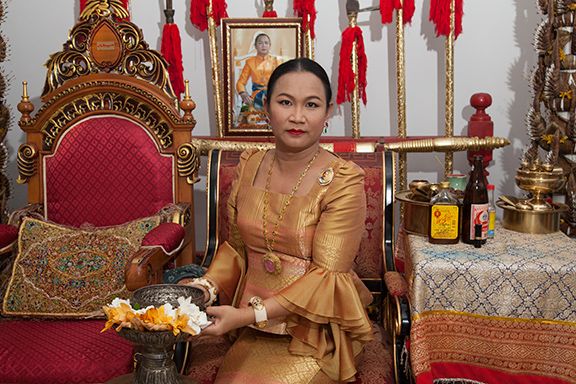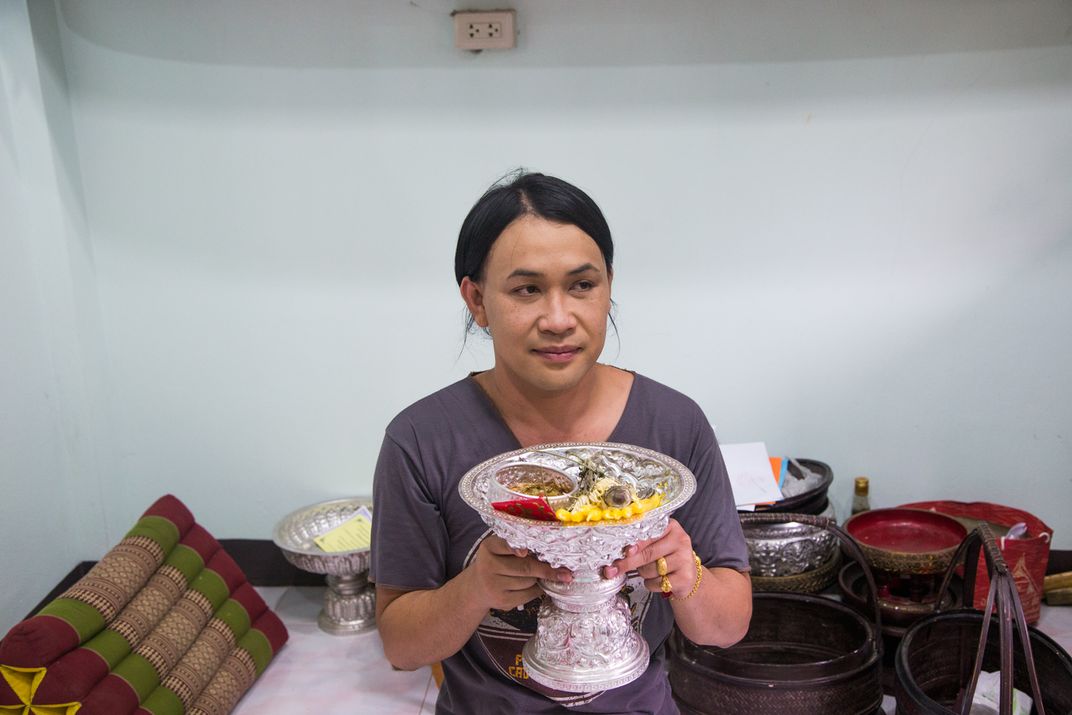Photos Celebrate the Lives of Gender Non-Conforming Spirit Mediums in Southeast Asia
The pioneering photographer’s latest book documents the welcoming community of transgender individuals who serve as spirit mediums in Burma and Thailand
Mariette Pathy Allen has often been called the unofficial chronicler of transgender life.
The award-winning photographer and activist has spent the last three decades putting a lens on the many and varied trans and gender nonconforming communities in the United States and abroad. Since publishing her groundbreaking 1990 photobook, Transformations: Crossdressers and Those Who Love Them, a collection of photographs and interviews of individuals in the United States, Allen has committed herself to capturing snapshots of daily life among members of the world’s least protected, most persecuted sexual minority.
In her latest photobook, Transcendents: Spirit Mediums in Burma and Thailand, released in November by Daylight Books, she casts her careful gaze on the transgender individuals who serve as spirit mediums in Southeast Asia.
In Thailand, spirit mediums are known as maa khii; in Burma (Allen refers to the country renamed Myanmar by the ruling military junta in 1989 by its former name to reflect the preference among the people she photographed), they’re called nat kadaw.
Theoretically, anyone can be possessed by the spirits (historically, women made up the majority of the profession), but over the past few decades, spirit mediums have increasingly become gender nonconforming males. And while Burma and Thailand share uncomfortable histories of homophobia and transphobia, in this space, believers celebrate gender nonconformists for their craft.
Allen began documenting the spirit medium subculture in earnest in 2014, after her friend Eli Coleman, a professor and director of the Program in Human Sexuality at the University of Minnesota, first told her about the existence of these thriving communities.
As a Westerner coming into the subculture cold, she knew she could never fully understand the world she was stepping into. “The best I could do is observe and be non-judgemental, and that’s what I did,” she tells Smithsonian.com.
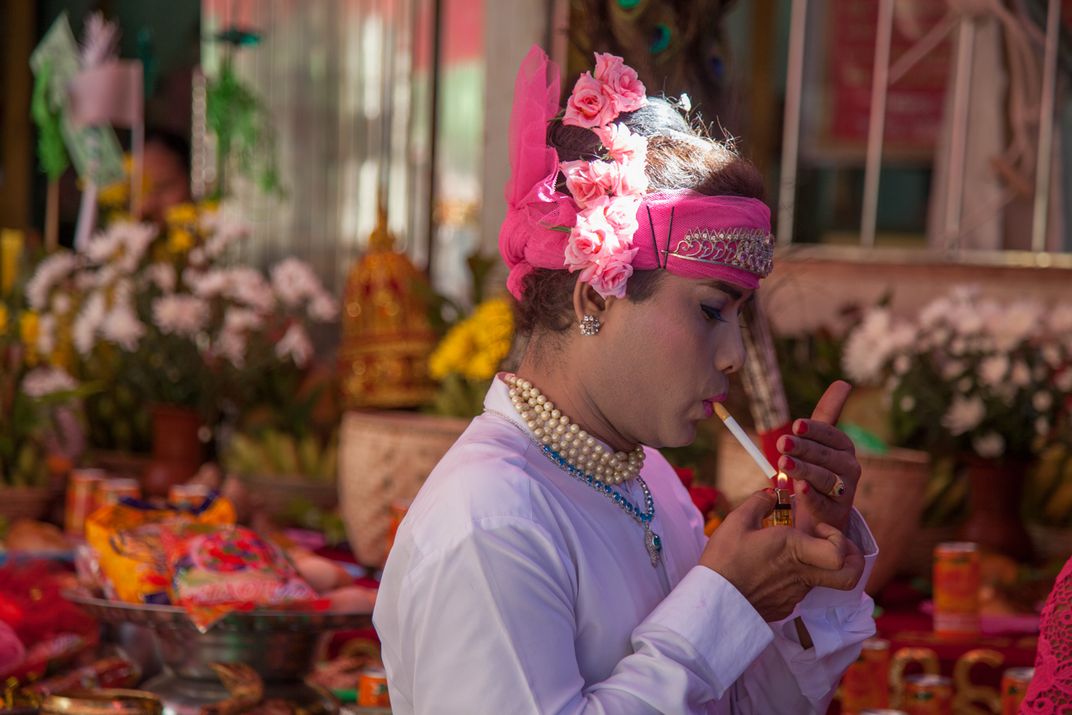
In her work, she captures the moments between moments. We do see spirit mediums, resplendent in bright dresses and jewels, at work, but Allen steers clear of photographs that might exoticize her subjects. She’s more interested in showing spirit mediums in candid spaces, like a picture where one medium, whose hair is laced with fresh flowers, pauses to light up a cigarette.
Spirit mediums in Transcendents are shown with friends, surrounded by family members and in situations where they are vacillating comfortably from performing ancient rituals to engaging in the 21st-century world, using cell phones and participating in ice bucket challenges. One photograph of Mor Me Noe, a famous nat kadaw in Mandalay, shows the spirit medium dressed in casual clothes, standing against a monochrome background. In the image, Mor Me Noe is gesturing toward an old television set. There, in stark contrast to the mundane domestic scene, the screen plays footage of Mor Me Noe wearing an intricate pink dress and layers of glamorous jewelry, which had been filmed during a performance at a spirit festival.
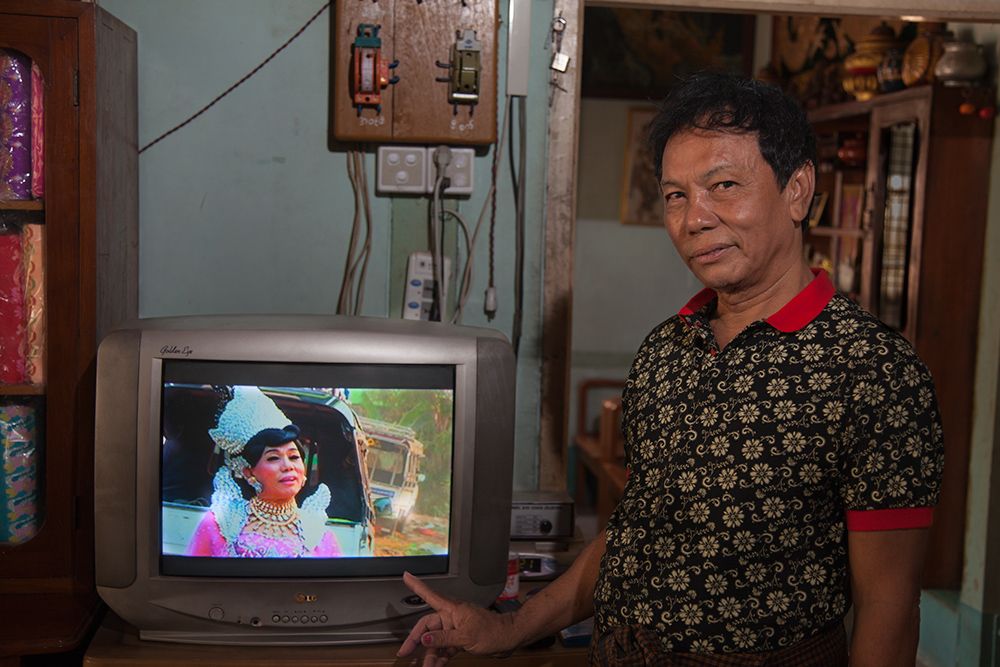
Notably, a multitude of photographs in the book highlight the various colorful currencies that mediums are given for their work. Worshipers pay spirit mediums for counseling, performing traditional spiritual stories and healing. The financial freedom of being a successful spirit medium is significant—the income allows them take care of their families and extended families, and even helps them gain respect and acceptance from relatives who have been intolerant of their gender nonconformity in the past.
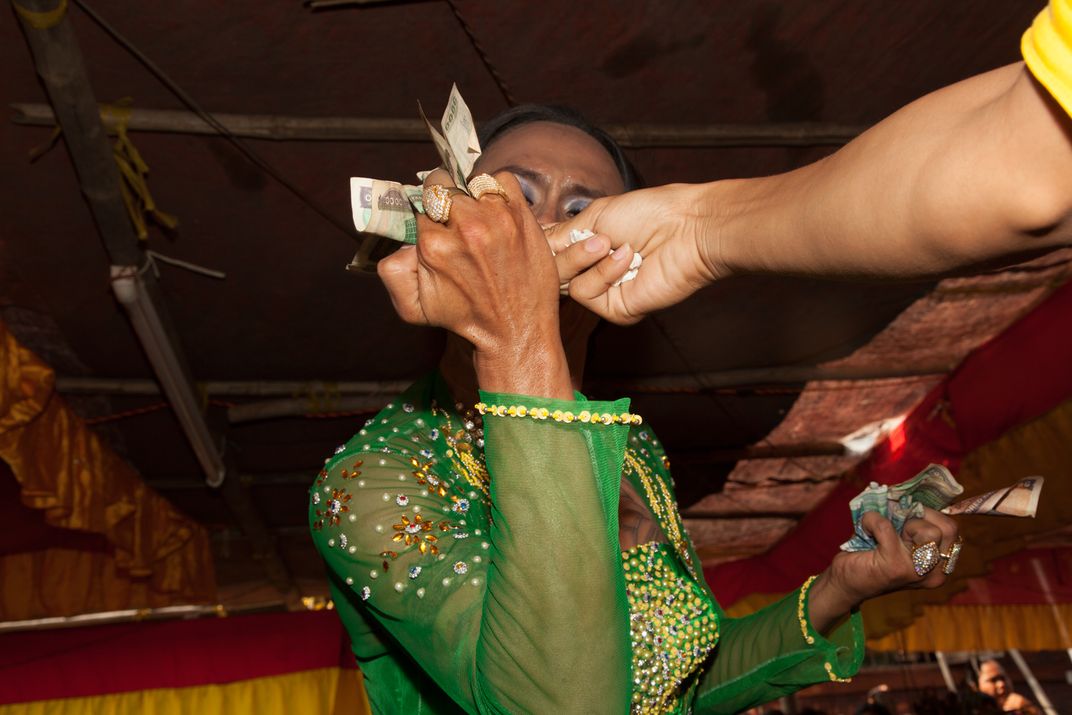
In many ways, Transcendents is a radical departure from Allen’s last work, the critically acclaimed TransCuba. For all the positive shifts she found for trans individuals in modern-day Cuba, the fact remains that individuals who openly identify as trans all too often can only find work as prostitutes. Because of that, Allen says, a staggering 90 percent of the population is HIV positive. The first friend she made in Cuba, Amanda, was one of countless who have since died from HIV.
The heaviness of the story and the intimacy of the relationships Allen forged while working on TransCuba are perhaps reasons why the photographer says she struggled at first to find her narrative while working on Transcendents.
"It certainly is wonderful when you’re in a place where gender variant people don’t have to suffer, and they have a real role in society and the culture. I was happy about them, and I wasn’t as worried about the individuals, but I was really trying to figure out, how on earth am I going to do this project?” she says.
Allen made four trips in total to Thailand and Burma to shoot Transcendents. She spent most of her time in Lampang while she was in Thailand and in Mandalay in Burma. "Every sense was overwhelmed," she says of her first trip to the countries. "The smells and the colors and the shapes and the enormity of everything." She remembers coming back from her first three travels with a sinking feeling: “This is a disaster.”
That feeling lingered until her fourth trip. For her last visit to Burma and Thailand, she decided to seek out other places in the countries where there were also spirit mediums. She traveled to the more touristy Chiang Mai in Thailand and a place called Mount Popa, a steep stratovolcano known as “the home of the spirits,” in Burma.
The change of scenery opened up the story for her. “Mount Popa is like nothing you’ve ever seen,” she says. People go to the place to try to communicate directly with the spirits, who in physical form resemble puppets. “They all look different but there’s a certain likeness in all of them, and there are certain aspects of who they were before they were spirits. You can look at them and get a sense of who their character is, what their story is," she says. She found herself taken with the spirituality of the community in a way that touched her deeply.
Her travels to Chiang Mai, conversely, gave her a chance to kick back and have some fun. Chiang Mai is a larger city than Lampang, and Allen describes it as a place full of life. Bird, a spirit medium and florist whom she befriended early in her travels, and several others friends from Lampang visited her there, and the group went out together carousing at a gay bar one night in Chiang Mai until the early hours of the morning. When Allen finally called it a night around 1 a.m., leaving with her interpreter for bed, the rest of the group stayed out until 4.
Allen includes a shot of one of the members of the group, James, from later that morning in the book. In it, James is lying on the cement floor, wearing the universal look of someone nursing a hangover.
It's in these quiet moments where Transcendents feels most alive, and Allen knows it. "Relationships—that’s my strength in photography, relationships," she says.
Reflecting back on her large body of work, Allen says her intentions haven’t changed since she first embarked on shooting Transformations all those years ago. “I’m always looking for individuals and seeing what there lives are like and being part of them,” she says.
Planning Your Next Trip?
Explore great travel deals
Smithsonian magazine participates in affiliate link advertising programs. If you purchase an item through these links, we receive a commission.
